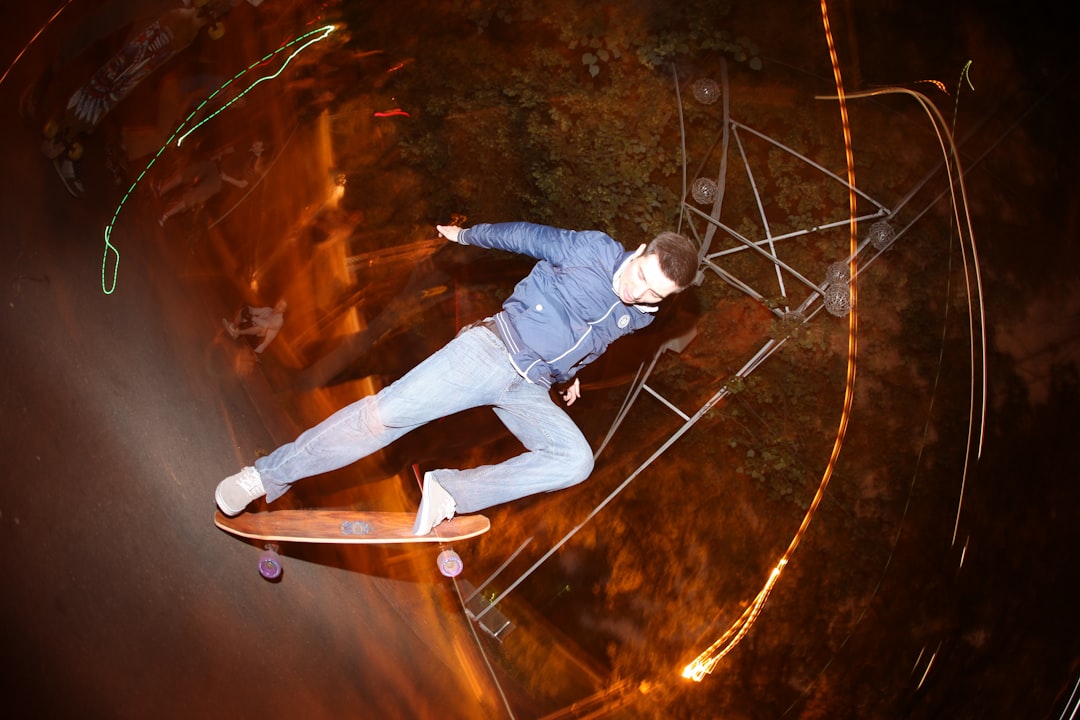Summary: At just 17, Mehar Singh has set a new Guinness World Record for the fastest 100-meter ascent by a quadcopter, reaching the height in an incredible 0.91 seconds. His journey, marked by passion, perseverance, and innovation, not only highlights his technical skill but also opens exciting possibilities for the future of drone technology.
A Young Innovator Takes Flight
Seventeen-year-old Mehar Singh has captured attention worldwide by breaking the Guinness World Record for the fastest 100-meter ascent by a quadcopter. His custom-built drone achieved this feat in a stunning 0.91 seconds, showcasing both his engineering talent and the potential of modern drone technology.
The Journey to a Record-Breaking Drone
Mehar’s fascination with drones began back in 8th grade and grew into a deep passion. Determined to push the limits, he embarked on a months-long project to create a drone capable of unmatched vertical acceleration.
“I’ve always been fascinated by the idea of pushing the limits of what drones can do,” Mehar shared. “But breaking a world record wasn’t just about the end result; it was about the process. I wanted to prove that current technology could achieve something extraordinary, but the path to get there was filled with challenges.”
Designing for Speed and Precision
Mehar dedicated countless hours to designing, testing, and refining multiple drone prototypes. Using CAD software, he meticulously crafted each component to optimize aerodynamics, shaping the drone like a rocket to reduce drag and maximize speed.
“I spent countless hours on CAD software, meticulously designing and tweaking each component. The goal was to make the drone as streamlined as possible,” he explained. “This design wasn’t just about aesthetics; it was about reducing drag and maximizing speed.”
Overcoming Challenges and Learning from Failure
The road to success was not without setbacks. Mehar faced numerous crashes and design failures that forced him to start over multiple times.
“There were moments when I felt like I was chasing an impossible dream,” he recalled. “Many designs failed during testing, and some crashes were severe enough to require going back to the drawing board. Each failure was a setback but also sparked new ideas and innovations.”
His perseverance paid off. “Every failure taught me something valuable,” Mehar said. “It forced me to think creatively and consider every detail, from materials to weight distribution. The process was grueling but incredibly rewarding to see my ideas literally take flight.”
Implications for the Future of Drone Technology
Mehar’s achievement extends beyond personal success; it hints at exciting possibilities for drone applications. “High-speed vertical acceleration could revolutionize everything from emergency response to space exploration,” he mused. “This isn’t just about setting a record; it’s about opening doors to new innovations and applications.”
Inspiring the Next Generation
Mehar hopes his accomplishment will motivate other young innovators to explore their potential. “Technology is advancing rapidly, and there’s so much potential waiting to be unlocked. I’m excited to see where we can go from here,” he said.
With this record-breaking ascent, Mehar Singh has not only made history but also paved the way for future breakthroughs in drone technology. For this young innovator, the sky is truly the limit.
Disclaimer: Content produced by Mediawire on behalf of Shweta Singh
